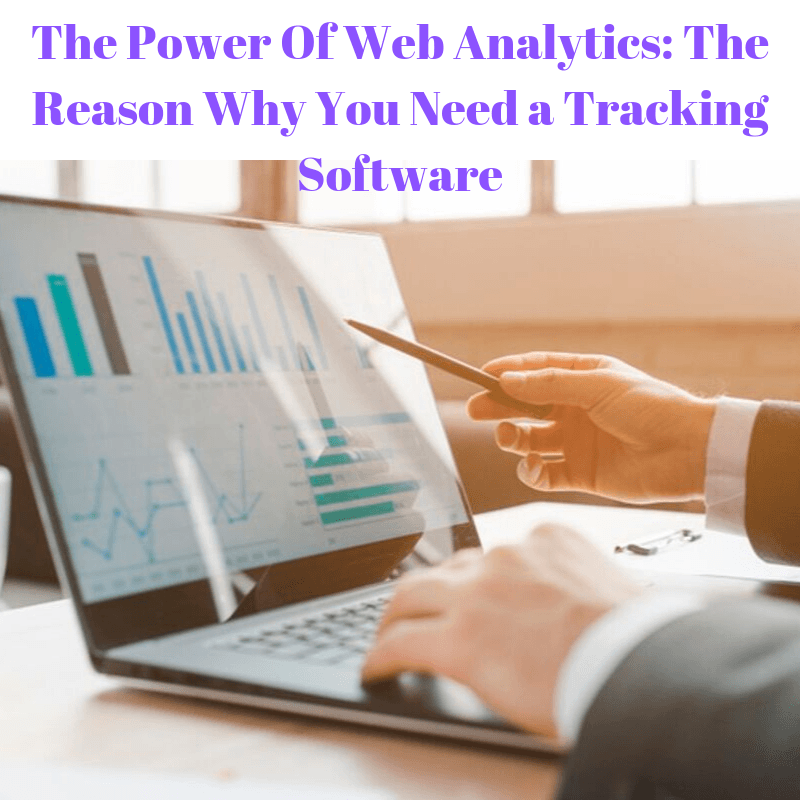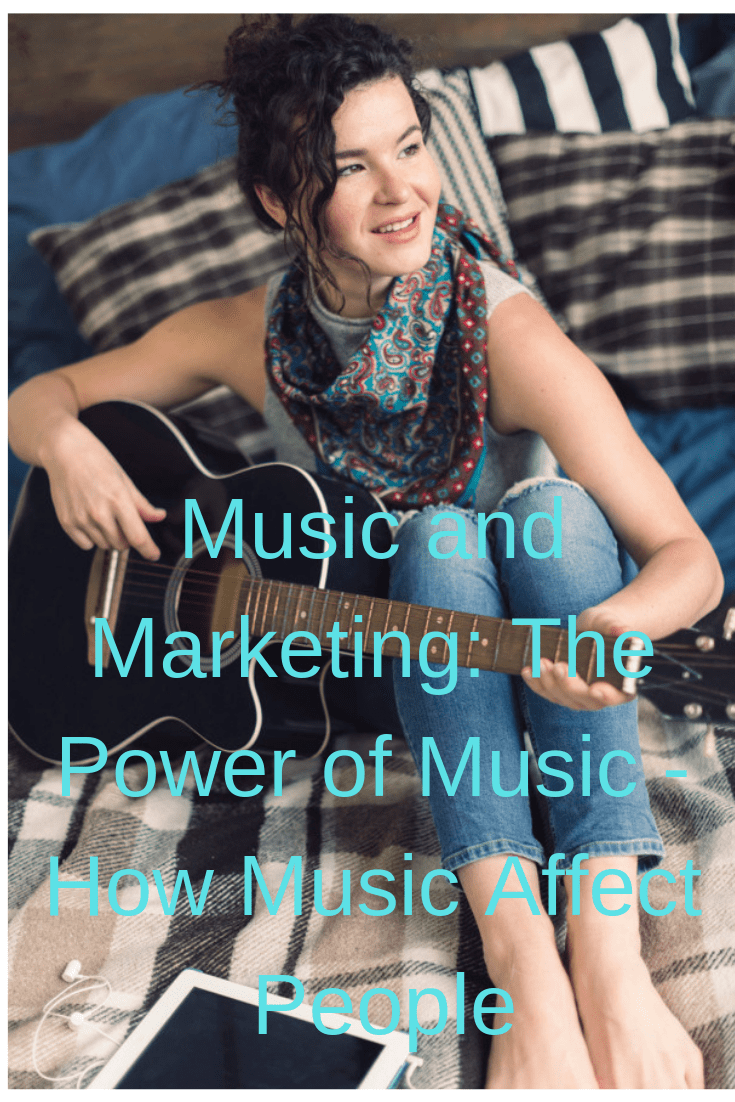
Who are your customers? Who is coming to your site? How many of them are purchasing services or products? How to improve your website?
If you don’t use web analytics to track the behavior of traffic to your site, then you won’t know the answer to any of these questions!
If you don’t know the answers to these questions, then you won’t know if you need to change your advertising sources, upgrade your products or services, or rearrange the content and pages on your site.
You need to know what is effective and what isn’t. This is the reason why you need a tracking software
How do you analyze traffic?
The best way is through tracking software. Tracking software will let you know some key information about your traffic. One of these is ‘bounce,’ that is when a visitor comes to one page on your site and doesn’t explore further before leaving.
If most of your visitors bounce right off your site, it doesn’t matter if you get 10,000 visitors or more a day. What you need is targeted traffic, visitors who land on your site and stay there. Your Target Audience.
You may find that your bounce rate on one page of your site is extremely high, while other pages exhibit a lower rank. Now, not only do you know that this is happening, but you know exactly where it’s happening and you can fix that page so that it entices people to stay.
The next thing that your web analytic software can do for you is to check out where your visitors are coming from. How many typed in your address directly? How many came through a link on a search engine?
You may be paying for advertising on a site that is creating traffic for you. Now you know and you can cancel that advertising subscription and save yourself some money.
You may see that you are getting a high amount of traffic from another site. Perhaps you will choose to target similar sites for backlinks in hopes of getting the same results.
Where do your visitors go once they get to your site? Are they landing on the pages you want them to? Are they filling out your forms or purchasing your inventory? How many are returning and how many come just once?
With this information, you will be able to use web analytics to further figure out what your site needs to convert visitors into buyers. This is called a conversion rate, the percentage of visitors to your site who make a purchase or subscribe, and it is critical in building a successful website for your business.
In fact, it is the important point of web analytics and the reason for carefully and accurately tracking your visitor’s activities: to increase your conversion rate as much as possible.
Improving your conversion rate starts with tracking and web analytics.
Without accurate information, you cannot analyze the activities of your visitors. When you analyze the activities of your visitors and compare the results to what you would like to see happen on your site, page by page, then you can make changes to achieve those goals.
After you make changes, check your numbers and use web analytics again to figure out what needs to be changed next. In this way, you can stop wasting your time and money on advertising and SEO techniques that are not working and stick to what works, pulling targeted traffic and turning customers into repeat customers.
Now you know the power of web analytics and the reason why you need a tracking software. Take action today and analyze your website and your traffic.
P.S.
Discover more interesting articles, infographics, and free offers!
![LinkedIn: The Power of the Employee Influencer [Infographic]](https://www.socialmediatoday.com/user_media/diveimage/The_Power_Of_The_Employee_Influencer_Infographic_v2_-_DSMN8.png)
![Guide: How to Influence People With the Power of Color [Infographic]](http://blog.red-website-design.co.uk/wp-content/uploads/2019/03/Marketing-Psychology-How-to-Influence-Customers-Using-the-Power-of-Colour.jpg)

